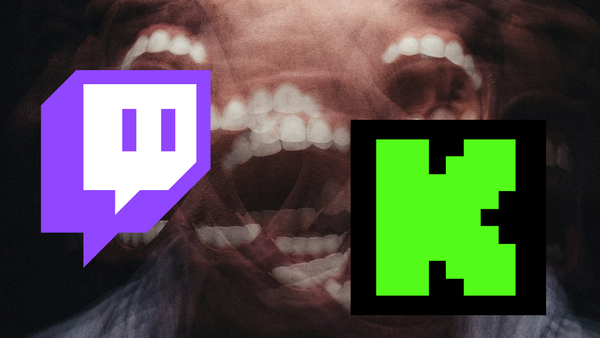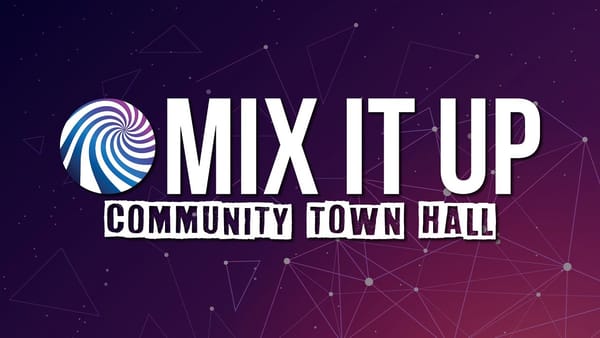The Real Story Behind YouTube's Recent View Drops and Platform Updates

YouTube has been making headlines recently, and not all for the right reasons. Between mysterious view drops, algorithm conspiracy theories, and major platform updates, creators have had a lot to process. Let's break down what actually happened and what these changes mean for content creators.
The Great View Drop Mystery Solved
Over the past few weeks, major YouTube channels including Linus Tech Tips and Markiplier reported significant drops in their view counts. This sparked widespread speculation that YouTube had secretly changed its algorithm or was shadow banning creators without warning.
The initial theory pointed to YouTube's "restricted mode" setting as the culprit. Many creators jumped on this explanation, claiming that this feature was suddenly causing their videos to disappear from search results and recommendations. However, this theory was quickly debunked since restricted mode has been a standard YouTube feature since approximately 2010.
The real cause turned out to be much more technical. Ad blocking software like uBlock Origin was interfering with YouTube's view counting system. When users with ad blockers watched videos, their views weren't being properly recorded, leading to artificially deflated view counts for creators.
This revelation highlighted the ongoing tension between YouTube and ad blocking technology. The platform has been increasingly aggressive in its efforts to discourage ad blocker usage, citing violations of their terms of service. However, many users continue to use these tools for legitimate security reasons, as malicious advertisements can pose genuine cybersecurity threats.
The Data Tells the Story
The evidence supporting the ad blocker theory was compelling. Linus Tech Tips shared their analytics data showing that while view counts dropped, both engagement metrics and ad revenue actually increased during the same period. This paradox made sense once the ad blocker connection was established.
Content creator Josh Strafe Plays provided additional evidence by sharing his analytics from August 10th, when the issue apparently began. His data showed that mobile and desktop viewing patterns were roughly equal before that date, but afterward, desktop views plummeted while mobile views remained stable. Since ad blockers are primarily used on desktop computers rather than mobile devices, this pattern perfectly explained the discrepancy.
Despite mounting evidence, YouTube has not officially confirmed that ad blockers caused the view counting issues, though industry observers widely accept this explanation.
YouTube's Major Platform Updates
While the view drop controversy dominated headlines, YouTube simultaneously rolled out several significant platform improvements, particularly for live streaming functionality.
Enhanced Live Streaming Features
YouTube has introduced a "practice mode" that allows creators to test their streaming setup without going live to their audience. This feature addresses a long-standing request from content creators who wanted to troubleshoot technical issues before broadcasting.
The platform has also expanded its "Playables" feature, which integrates lightweight games like Angry Birds Showdown directly into live streams. This creates new opportunities for interactive content and audience engagement.
Perhaps most significantly, YouTube is developing unified streaming tools that will allow creators to broadcast in both horizontal and vertical formats simultaneously from a single interface. The chat systems for both formats will be merged into one window, eliminating the need for multiple streaming applications and chat monitors.
AI Integration and Automation
YouTube continues expanding its artificial intelligence capabilities with new automated highlight generation. This system analyzes completed live streams and automatically creates short-form clips suitable for YouTube Shorts, TikTok, and other vertical video platforms.
While similar functionality exists through third-party services like Riverside FM, Descript, and Opus Clips, YouTube's integrated approach could streamline the content creation workflow for many creators.
Monetization Improvements
The platform is testing new advertising formats designed to be less disruptive during live streams. Traditional mid-stream advertisements completely interrupt the viewing experience, often displaying ads in full-screen mode while reducing the actual content to a small, muted window.
YouTube's new "side-by-side" ad format promises to maintain stream visibility while displaying advertisements. However, questions remain about audio handling and whether this truly reduces viewer disruption.
Additionally, YouTube is improving the transition system for creators who offer member-exclusive content. Instead of ending a public stream and starting a separate private one, creators will soon be able to seamlessly shift their existing stream to members-only mode.
The Broader Context for Creators
These developments occur against a backdrop of increasing creator frustration with YouTube's direction. The platform's heavy focus on short-form content, expanding advertisement frequency, and aggressive AI integration has left some long-form creators feeling marginalized.
For creators experiencing platform fatigue, several alternatives deserve consideration:
PeerTube offers a decentralized, open-source video hosting solution. Creators can either host their own instance or join existing communities that align with their content focus.
Specialized platforms like Makerspace cater to specific creator niches. Makerspace focuses on craftspeople, artists, and DIY content creators, while TILvids emphasizes educational and documentary content.
Traditional hosting remains viable for creators with established audiences willing to follow them to independent platforms.
However, creators considering alternatives must weigh the trade-offs carefully. While these platforms offer more creator-friendly policies and fewer restrictions, they also provide significantly smaller potential audiences compared to YouTube's massive user base.
Looking Forward
The recent view counting issues serve as a reminder of YouTube's complexity and the interconnected nature of modern web technologies. Ad blocking software, platform policies, and creator economics all influence the final user experience in ways that aren't always immediately apparent.
YouTube's new features represent genuine improvements to creator tools, particularly for live streaming. However, they also reflect the platform's continued emphasis on automation, AI integration, and advertising optimization.
For creators, the key is understanding these changes and adapting strategies accordingly. Whether that means embracing new platform features, diversifying to alternative platforms, or adjusting content strategies, successful creators will need to remain flexible as the digital landscape continues evolving.
The YouTube ecosystem remains dynamic, and creators who stay informed about platform changes while maintaining focus on quality content creation will be best positioned for long-term success, regardless of which platforms they choose to call home.
As this situation demonstrates, the relationship between creators, platforms, and audiences involves constant negotiation and adaptation. Understanding these dynamics helps creators make informed decisions about their content strategies and platform choices in an increasingly complex digital environment.





